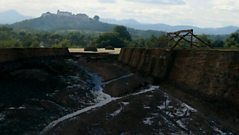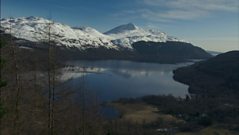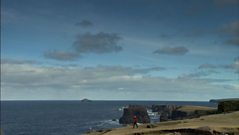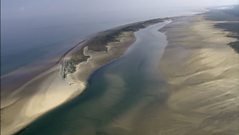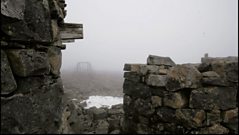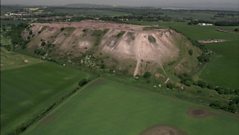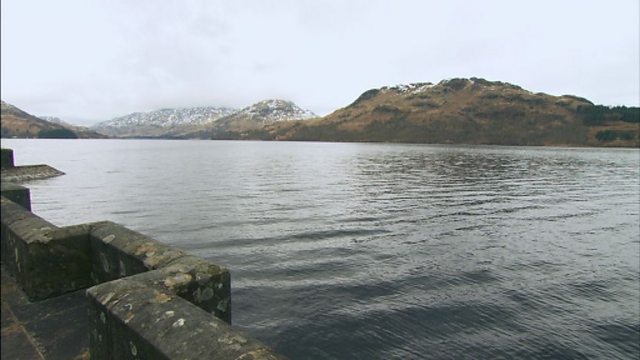
Loch Katrine
In the early years of the nineteenth century the population of Glasgow grew at an extraordinary rate. By the 1840s the population had reached around 280,000 – and it had poisoned its own water supply.
In the early years of the nineteenth century the population of Glasgow grew at an extraordinary rate. By the 1840s the population had reached around 280,000 – and it had poisoned its own water supply.
It was decided that the city needed to draw its water from elsewhere, and in the 1850s the task of bringing the water of Loch Katrine to Glasgow was entrusted to John Frederick La Trobe Bateman, who oversaw the construction of dams to control the flow of water into – and out of – the Loch. A system of pipes and aqueducts then took the water 34 miles to Glasgow. Bateman had a high opinion of himself; at the official opening of the scheme, which was attended by Queen Victoria, he gave a speech –
‘I leave you a work as indestructible as the hills through which it has been carried. A truly Roman work, which surpasses the greatest of the nine famous aqueducts which fed the city of Rome. Of the works of ornament or usefulness for which your city is distinguished, NONE will be more creditable to you than The Loch Katrine waterworks.’
Duration:
This clip is from
Featured in...
![]()
Scotland’s landscape—����ý Scotland
A look at the ever changing physical landscape of Scotland.
More clips from Scotland's Water
-
![]()
The Flow Country
Duration: 01:50
-
![]()
The Carse of Stirling
Duration: 02:04
-
![]()
Loch Sloy
Duration: 02:29
-
![]()
Blackwater Dam
Duration: 02:01
More clips from Making Scotland's Landscape
-
![]()
The Grind Of Navir (Shetland)—The Climate
Duration: 03:13
-
![]()
Culbin Sands (The Little Ice Age)—The Climate
Duration: 04:23
-
![]()
Ben Nevis—The Climate
Duration: 02:06
-
![]()
Bathgate, West Lothian—The Climate
Duration: 02:49



